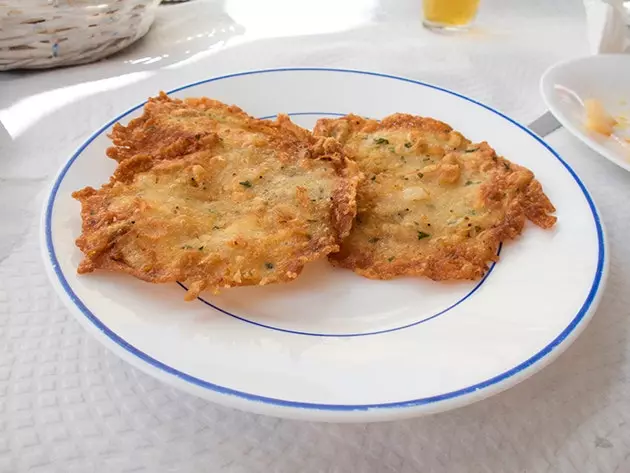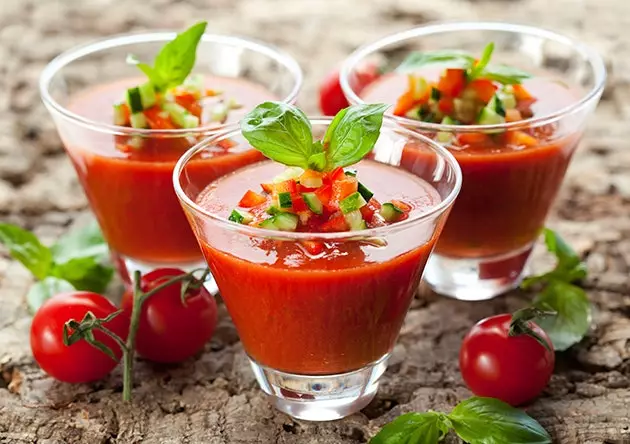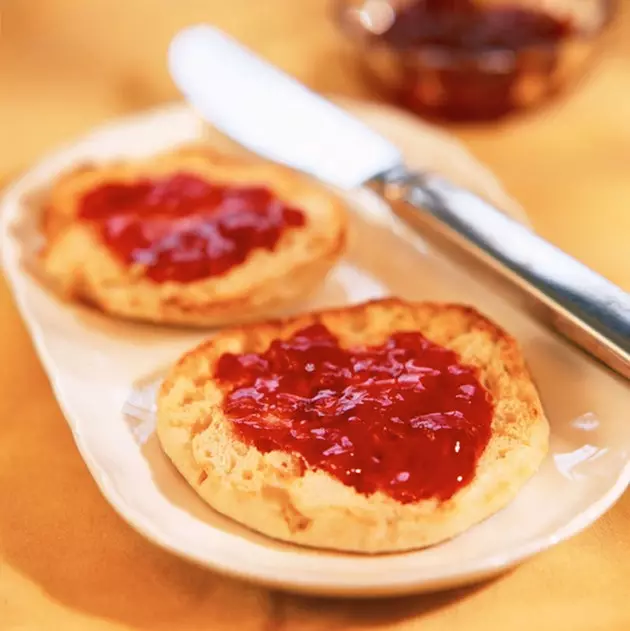
One of the most unknown, do you fancy some shrimp tortillas?
FROM ARABIC CUISINE TO PASSION FOR TAPAS
The gastronomy of this part of Andalusia, closely linked to the Mediterranean and with deep Arab reminiscences , is one of the most unknown. However, the heritage of the eight counties that make up the province of Almería is formidable, as Antonio Zapata points out in his book Live to eat in Almería .
Here they continue to eat fiddhas, whose recipe Ibn Razin left written eight centuries ago . They are popularly known as gurullos ’ and they are a semolina dough that is divided into portions reminiscent of wheat grains. With them are accompanied the lamb, the rabbit or the snails , also a very popular ingredient in Almeria cuisine.
Among the most popular recipes: asparagus chard, the stew of beans and pumpkin, the empedrao, the legs in garlic octopus or the quemao broth. La Vera pancakes they are reminiscent of pizzas (apart from the differences), and the pot with pears maintains the Arab tradition of mixing sweet and salty and incorporating fruit. On the coast are abundant ‘loritos’ or ‘galanes’ , fish with white meat and tasty red skin highly appreciated by those who know them, which in the Balearic Islands are called ‘ reasons ’ (similar to mullet) . Along with the red prawn that is unloaded at the Garrucha fish market , are one of the most important gastronomic attractions in the area, where blue fish abound, starting with the tuna.
In the Tabernas desert one of the most unique and high quality oils is produced: Tabernas Castle . In the capital, the tapas is in the old town, where it is convenient to shop around. Between the market ( that deserves a visit for the quality of its offer of vegetables, fish and salted fish ) and the cathedral, we find Bahía de Palma and Bodega Montenegro. In Granada street you have to make a stop to try Bravas potatoes from Bonillo. In Capitol and La Gloria they offer good home cooking . If what we are looking for is fish in Almería, it is best to go to the port and stop at ** Los Sobrinos , El Bombón or Al Haud **.
POTS, GAZPACHOS AND FRIES
If Castilla roasts, Andalusia fries. Frying is the nexus of union of this enormous region, of great landscape and culinary diversity. From Almería to Huelva, the smell of fried olive oil permeates everything. Andalusians are as Julio Camba said, "capable of frying the foam of the sea", referring to the whitebait . If in Malaga the fried anchovies are famous, in Cádiz the palm is taken by the shrimp tortillas . The other gastronomic emblem is the gazpacho, or rather, the gazpachos, since in each province we find variants ranging from cordovan salmorejo , made only with tomato, garlic, bread and oil, Huelva green gazpacho with coriander , passing through the porra antequerana, the ajoblanco from Malaga, or the soaking.
In all this sample of cold soups, there is no lack of garlic or olive oil . The pans , without being so well known, are the other leg on which popular Andalusian cuisine is based . Substantial stews of legumes or potatoes to which meat or fish are incorporated. The stew of dry beans from Granada , that of beans in Córdoba, the gypsy pot, the cabbage stew or the 'menudo' (tripe) with chickpeas, typical of Seville , which is seasoned with cumin...

Fresh gazpacho!
MOLLETE, THE MOST FAMOUS BREAD IN ANDALUSIA
Are individual, round, fluffy crumb wrinkled crust buns , very common in Andalusian breakfasts. They are made with a mass of water, that is, with a much higher percentage of liquid than flour, which makes them ethereal. They should not be opened in half for toasting , otherwise heat them whole in the oven or on a toaster , so that the crust is crispy and the crumb is fluffy.
In bars they are served sprinkled with olive oil or spread with loin zurrapa (Iberian pork lard with minced loin meat) or colored butter (Iberian pork lard mixed with paprika) and pout stumbles . Those from Antequera have fame, but they died of success, and now they are all industrialists.
Our favorites are artisans: those of the baker Juan Bautista Garay , from the bakery the conchi , in Ecija (Seville). To try them, all you have to do is stop at the Pirula bar , from the same town, and ask for them spread with zurrapa or colored butter. From the web Hechoenandalucia.com they send them to any point. Other quality muffins are those from the town of Wait (Cádiz), on the route of the white villages, and those of the Sartenes bakery, in Villanueva del Trabuco (Malaga). They have become more famous because cooks, like Danny Garcia , they have versioned them in their restaurants. Perfect for a hamburger in an Andalusian style.
_* Published in the Condé Nas Traveler Gastronomic Guide 2015, it is now on sale in digital format at Zinio and Apple. _ You can also download the application for Android and on the App Store completely free of charge and start diving into the Spanish gastro map.
_ You may also be interested..._*
- Ten products from Malaga that will surprise you
- Gastro roadtrip for the sales of Malaga
- Málaga sin espetos: in search of the route of the expert gourmet
- Beaches to fall in love with Cádiz
- Essential Mediterranean: gastronomic corners that do
- 'Furgoperfect' beaches in Andalusia
- The 24 best cocktails to welcome summer
- 58 things to do in Andalusia once in a lifetime
- Where do the indies from Granada tapas?
- Hipster Malaga
- 19 reasons why Cádiz is the most civilized city in Spain - 25 things you can only do in Cádiz
- Cadiz Scoundrel Guide
- 10 reasons to visit Córdoba - Romantic getaway to Granada: through the forests of the Alhambra - The most beautiful villages in Spain
- All the articles of Arantza Neyra

Mollete bread: the perfect Andalusian breakfast
